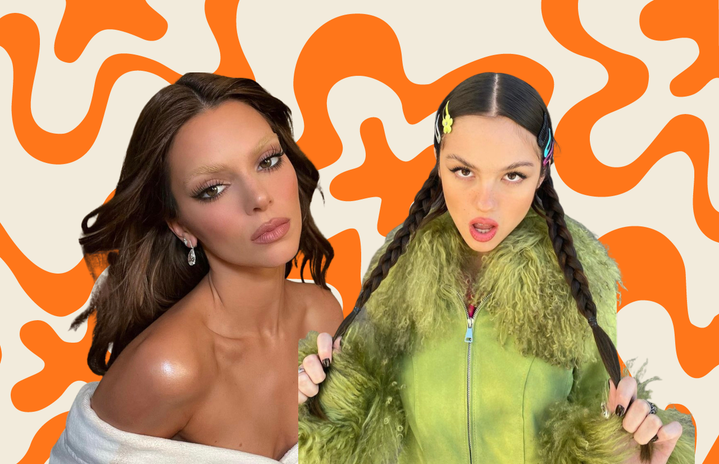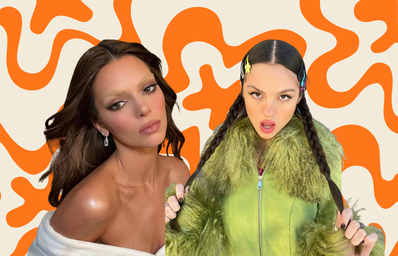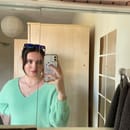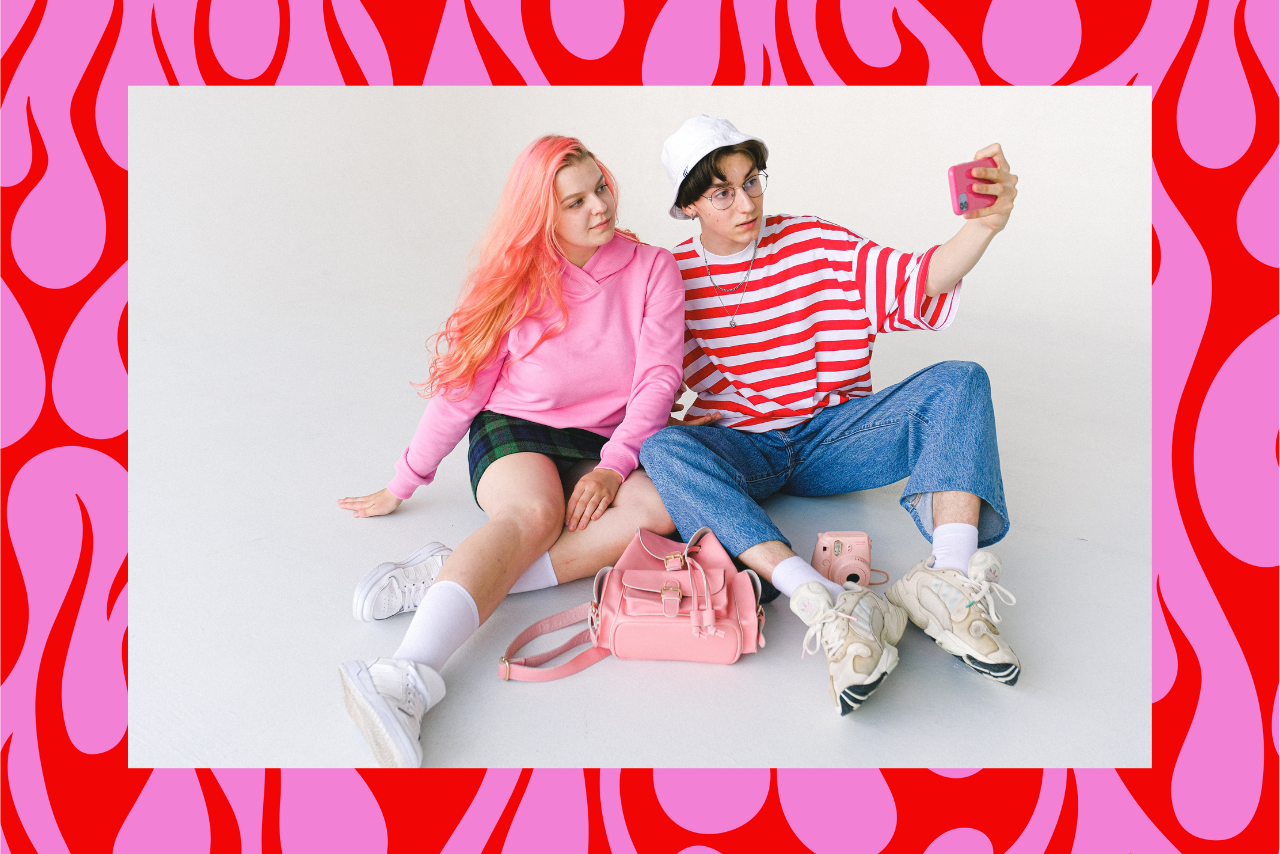Beauty has long been a desirable quality for both men and women. The pursuit of attaining this aesthetic state continues to be a focal point in literature, art, and media, with the global beauty industry valued at £395.7 billion in 2022. In the past decade, the eruption of social media usage has called into question its impact on the beauty industry.
According to Global social media statistics, 58.4% of the world’s population uses social media. What used to be a means of staying in contact with friends and family, the database has progressed to become an extension of our identity. We no longer have to focus solely on our physical self, but on the wider projection of ourselves, that is broadcast for everyone.
As I think back to the many breakdowns of my young teenage years, following a failed pre-outing photoshoot for an Instagram-worthy image, I can’t help but wonder who or what it was all for. There was no value added to my life. Constantly comparing the way you look to others only brings dissatisfaction, and with the development of algorithms in social media apps, the feelings of discontent towards one’s self-image are only intensified.
Algorithms learn from users’ behaviours and recommend similar content based on its popularity and the activity of the user. This translates into a constant flow of images of those typically associated with beauty ideals or trends. Research into this topic also suggests that our brains are capable of ignoring filters: rationalising perfection as a realistic beauty standard, consequently perpetuating dissatisfaction.
Spray-on freckles, faux dark circles, squiggle brows and glossy lids are amongst some of the strangest beauty trends to have wormed their way into society through social media these past few years. But trends made metaphorical headlines long before they had social media as their main transport agent.
Thanks to trendsetters like Marie Antoinette, accentuated veins were all the rage in pre-revolution France. Women would colour their veins blue in hopes of making them as translucent as possible because nothing says youthful glow quite like having the Amazon river running along your body. Meanwhile, the Middle Ages idolised purity, leading them to pluck out their eyebrows and eyelashes in pursuit of a large forehead, attempting to replicate the innocent look of babies. I can hear the receding hairlines of the 21st century popping champagne as we speak.
Alongside historical influencers, culture is another key player in global beauty trendsetting. In certain Asian and African countries, paler skin was, and still is, considered a trait of beauty as it was thought to be a sign of better background. On the contrary, in Europe and North America, around the 1920s, where white skin was seen as common, having a darker complexion was a sign of wealth as it meant that the person could afford to travel. This has since been heavily popularised by the rise in tourism.
Trends, therefore, albeit a lot slower, have been around since the beginning of time. In some respects, it could be argued that trends are a sign of global unification – which in the current global political climate can only be seen as a positive. The problem with social media is the rate at which these trends are pushed onto us. I would even go as far as to suggest, the pursuit of beauty and perfection is not the issue; it is instead the amount of content surrounding this that we consume on a daily basis.
Instead of a few schoolgirls, or the odd aristocrat influencing how we view ourselves, we now have countless celebrities and influencers pushing unrealistic beauty standards onto us through false product placement and paid advertisements every single day. With editing apps that replicate the same altering technology that professionals have been using for decades, it’s no wonder disordered eating, anxiety and body dysmorphia are all on the rise.
But with these shocking revelations comes power. Social Media has seen the emergence of a new type of influencer: both body and beauty positive. Campaigns such as Sasha Pallari’s #dropthefilter, and Danae Mercer’s relentless mission to expose brands and editing software pushing negative trends onto people has transformed online platforms. Celebrity advocates like Lizzo and Ashley Graham are continuing to make space for conversations surrounding contentious issues bred through damaging trends: breaking stigma and shame. And beauty brands like Rare beauty and Fenty beauty are promoting individuality as an aspiring quality.
There is a tangible resurgence of the fun and creativity that should be felt in the beauty industry coming back to dominate online spaces. Perhaps more importantly, however, there is a whole generation of young women learning to love themselves again as a result.



